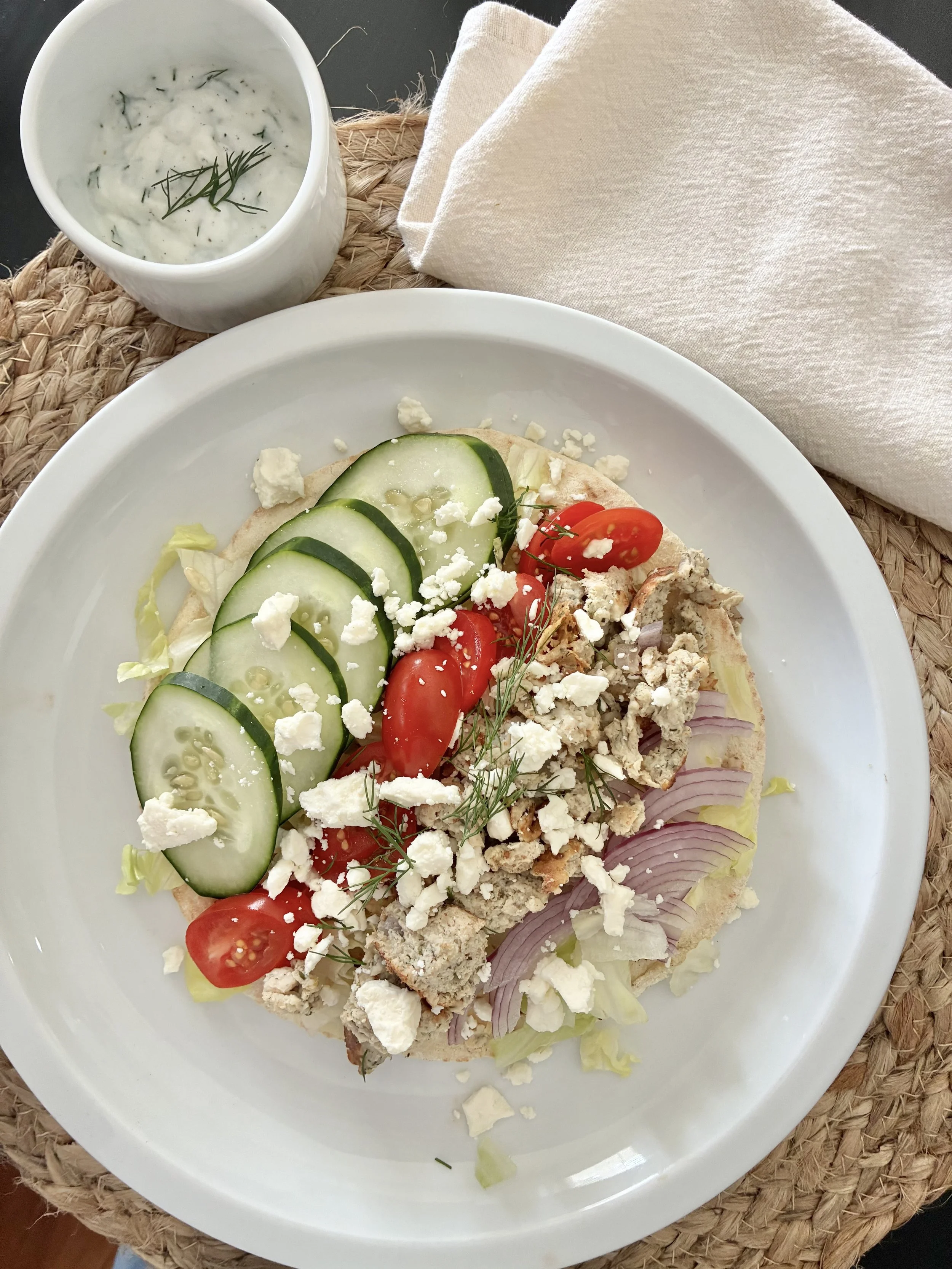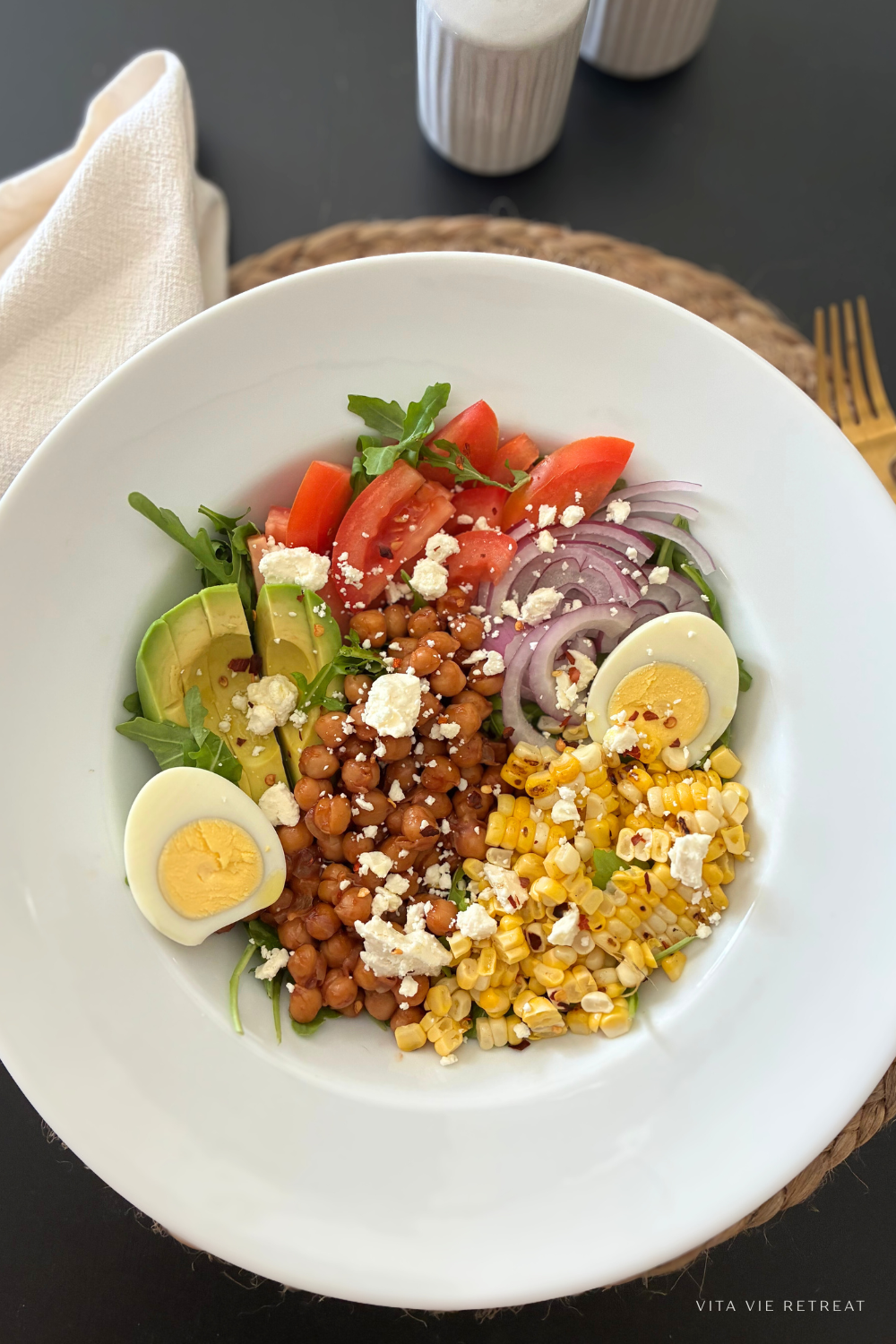Nutrition Tip: Should You Count Macros?
/Macro Counting: Is It Right for You? A Realistic Look at the Nutrition Trend Everyone's Talking About
If you’ve spent even a few minutes scrolling through your Instagram or TikTok feed lately, chances are you’ve come across someone talking about macros. Whether it’s a perfectly portioned meal or a before-and-after transformation, macro counting is everywhere. And it’s not just on social media—many of our fitness retreat guests are asking about it too.
So, what’s the deal with macro counting? Is it worth the hype? Is it right for your lifestyle or your health goals?
In this post, we’ll break it all down—from what macros are to how to know if you should be counting them. We’ll even include a simple formula and a flexible alternative if you’re not the tracking type. By the end, you’ll have a clearer idea of whether macro tracking is the next best step for your wellness journey—or something to skip (at least for now).
What Are Macros, Anyway?
Let’s start with the basics. “Macros” is short for macronutrients—the three main categories of nutrients your body needs in large amounts:
Protein
Carbohydrates
Fat
Every food you eat is made up of one or more of these macronutrients. Counting macros means tracking how many grams of each you're consuming each day. It’s a way to prioritize quality and balance in your nutrition instead of simply focusing on total calorie intake.
Why People Count Macros:
Calories don’t tell the whole story. You could eat 1,800 calories a day from cookies and still “meet” your target—but your energy, mood, digestion, and body composition would suffer.
Macros help ensure you’re eating a balanced mix of the nutrients your body needs to build muscle, support recovery, fuel workouts, and regulate blood sugar.
It’s a more mindful, strategic way to eat that can be tailored to your goals.
Is Macro Counting Right for You?
Here’s where it gets personal. Macro counting isn’t for everyone, and that’s okay. Whether or not you should count macros depends on your knowledge, your goals, your lifestyle, and your personality.
✅ 1. Do You Know the Basics of Nutrition?
If you’re still learning the difference between carbs and protein—or you’re not totally sure what “healthy fat” means—start with the foundations. Learning what a balanced plate looks like and how to build meals with real, whole foods is a better place to begin.
You’re ready to count macros if:
You understand what protein, carbs, and fats are.
You’re already making generally healthy choices.
You want to take your results to the next level.
Not quite there? Start with portion control or the eyeball method (more on that below) and gradually build your nutrition skills.
✅ 2. What Are Your Goals?
Macro counting is most helpful when your goals are specific and measurable. If you’re training for a competition, trying to build lean muscle, or working on improving body composition, macro tracking gives you a clear way to dial things in.
Macro counting may be helpful if your goals include:
Fat loss with minimal muscle loss
Muscle gain or body recomposition
Sports performance or endurance
Blood sugar balance and metabolic improvement
If your goal is more general—like feeling healthier, improving energy, or losing a few pounds—macro tracking might be more effort than it’s worth. You can still make amazing progress with intuitive eating, healthy habits, and basic tracking (like food journaling or logging meals without counting grams).
✅ 3. Are You a Detail-Oriented Person?
This one’s big. Macro counting requires consistency, attention to detail, and a little math or tech-savviness (depending on how you track). Some people love the structure. Others find it overwhelming or even stressful.
Ask yourself:
Do I enjoy tracking numbers or data?
Am I motivated by structure?
Do I have time to weigh or measure my food?
Will this support my relationship with food—or make it worse?
If tracking sounds like too much right now, that’s okay. You can get many of the same benefits with a simpler, balanced approach.
How to Count Macros (With a Simple Example)
If you’re ready to dive in, here’s a step-by-step breakdown to get you started.
Step 1: Determine your daily calorie needs.
This depends on your age, sex, weight, activity level, and goals. A common starting point for fat loss is 1,500–1,800 calories per day for women and 1,800–2,200 for men. Use an online calculator or talk to a coach for a personalized number.
Step 2: Choose your macro ratio.
A common starting point is 40% carbs, 30% protein, 30% fat—but this can vary based on your goals.
Step 3: Do the math.
Let’s use a 1,500-calorie example:
Carbs: 40% of 1,500 = 600 cal ÷ 4 = 150g carbs
Protein: 30% of 1,500 = 450 cal ÷ 4 = 112g protein
Fat: 30% of 1,500 = 450 cal ÷ 9 = 50g fat
Now break that up into meals and snacks throughout your day!
Tip: Use an app like MyFitnessPal or Cronometer to track your meals and macros automatically.
Don’t Want to Track? Try the Eyeball Method
Macro tracking isn’t the only way to eat a balanced diet. If you want to keep things simple, the hand-portion method (a.k.a. eyeball method) is a great alternative.
Here’s how it works:
👩🍳 For Women (Per Meal)
Protein = size of your palm
Carbs = 1 cupped hand
Vegetables = 1 fist
Fats = 1 thumb
👨🍳 For Men (Per Meal)
Protein = 2 palms
Carbs = 2 cupped hands
Vegetables = 2 fists
Fats = 2 thumbs
This method is flexible, portable, and works whether you’re at home or dining out. It also helps you eat more intuitively without obsessing over numbers.
When Macro Counting Isn’t the Best Fit
Macro tracking can be a useful tool—but it’s not for everyone. In fact, in some cases, it may do more harm than good.
Consider skipping macro tracking if:
You have a history of disordered eating or food obsession.
You feel overwhelmed by food logging or labeling everything.
You already feel stressed or anxious around food decisions.
You find that tracking takes the joy out of eating.
Instead, work on building consistent habits like:
Prioritizing protein at meals
Including colorful vegetables
Choosing whole-food carbs
Drinking enough water
Listening to your hunger and fullness cues
The Bottom Line: Make Nutrition Work for You
Counting macros can be a great tool when used intentionally and appropriately. It can help you learn more about what your body needs and guide you toward a more balanced, performance-focused way of eating. But it’s not a requirement for success—and it’s not the only way to eat well.
If you're just starting out or want something more sustainable, start simple. Nail your portions. Choose whole, unprocessed foods. Focus on blood sugar balance. And build your meals around protein, fiber, and healthy fats.
Want a little help? Our High Protein Diet Blueprint was designed exactly for this purpose—to give you structure, clarity, and flexibility with your meals while supporting fat loss, hormone balance, and long-term energy.






















